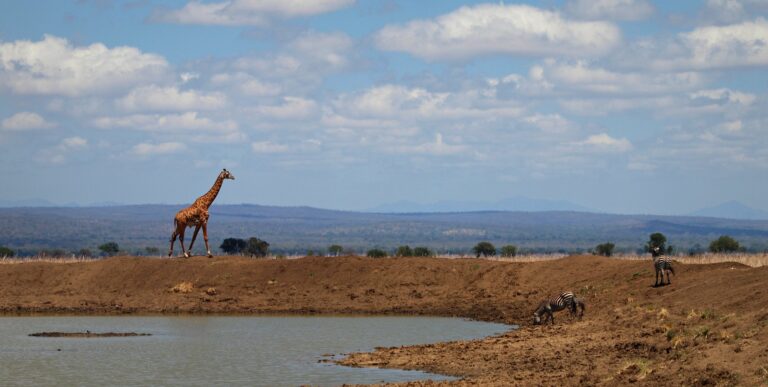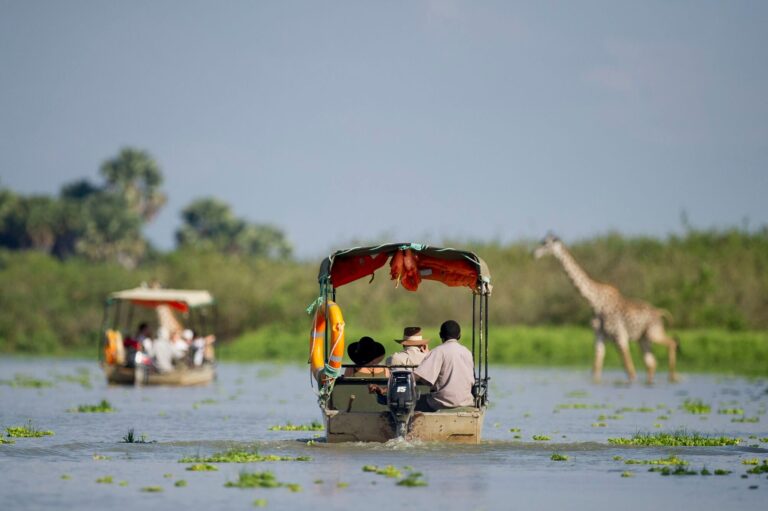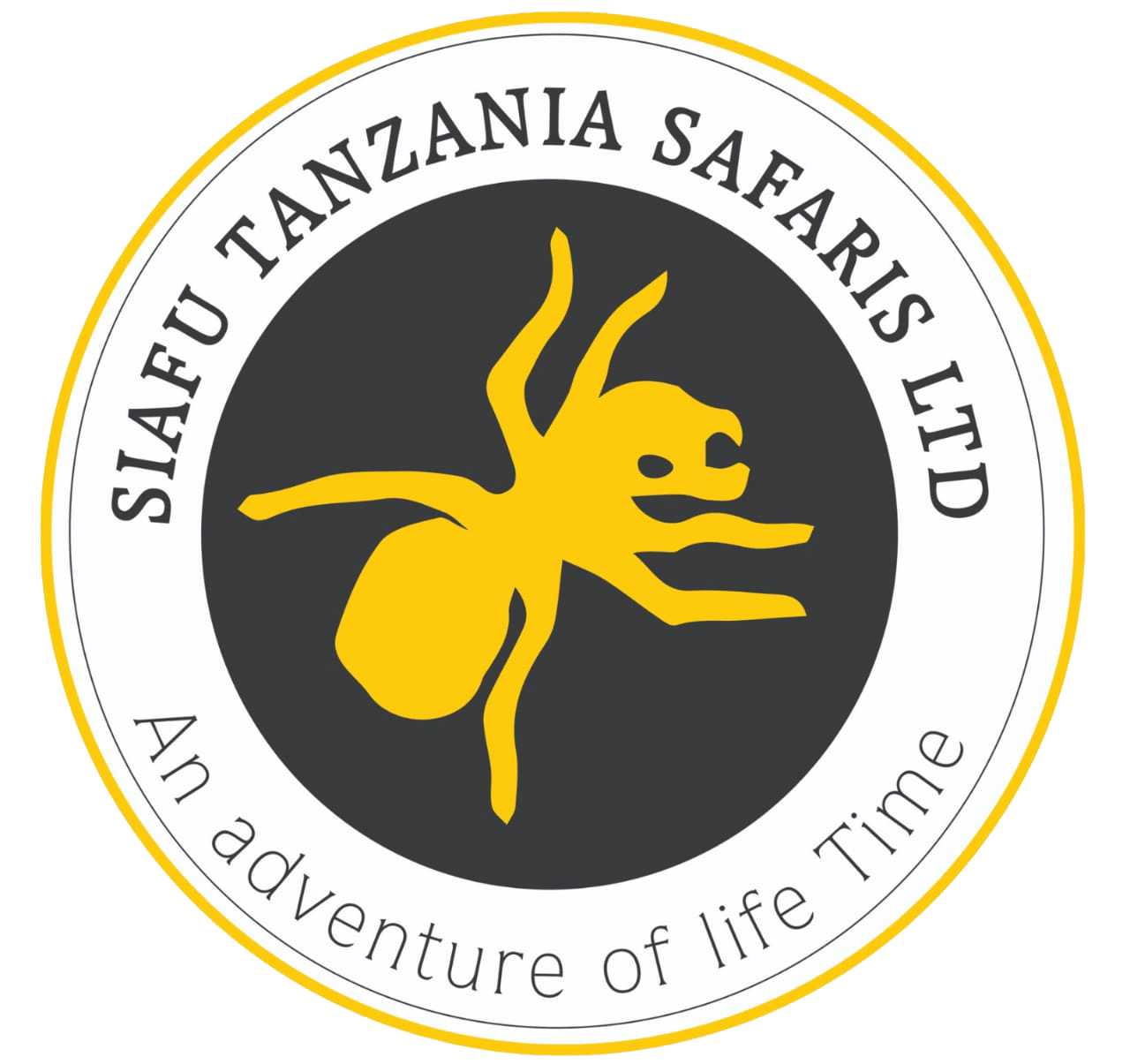Two of Kenya’s oldest and largest parks are known for diverse wildlife including the “red” elephants
Location & Geography:
Tsavo East and Tsavo West National Parks are located in southeastern Kenya, covering a vast area of approximately 22,000 square kilometers. These parks are adjacent to one another and are divided by the Nairobi-Mombasa Highway. Tsavo East National Park lies to the east, while Tsavo West National Park is situated to the west. The parks are part of the larger Tsavo Conservation Area and are renowned for their diverse wildlife and distinctive landscapes.
Historical Significance:
Both Tsavo East and Tsavo West National Parks have historical significance. During the construction of the Kenya-Uganda Railway, in the late 19th century, the region experienced an infamous period known as “The Man-Eaters of Tsavo.” At that time, two aggressive lions terrorized the railway workers, resulting in a captivating story that has been recounted in books and movies. Today, remnants of the railway can still be found within the parks, offering an intriguing glimpse into Kenya’s colonial past.
Main Attractions:
Tsavo East and Tsavo West National Parks are home to a plethora of attractions that will captivate visitors. The top attractions include:
1. Diverse Wildlife: Both parks boast an impressive array of wildlife, including the famous “red” elephants. Besides elephants, visitors have the opportunity to spot lions, leopards, buffalos, giraffes, zebras, hippos, crocodiles, and numerous bird species.
2. Mzima Springs: Located in Tsavo West National Park, Mzima Springs is a natural oasis sustained by an underground river that originates from the Chyulu Hills. Visitors can observe hippos and crocodiles from an underwater viewing chamber and enjoy nature trails, surrounded by lush vegetation.
3. Shetani Lava Flow: In Tsavo West National Park, visitors can witness the unique geological phenomena of the Shetani Lava Flow. This black lava field formed thousands of years ago during volcanic activity and offers a surreal and otherworldly landscape.
4. Yatta Plateau: Found in Tsavo East National Park, the Yatta Plateau is one of the world’s longest lava flows, stretching over 290 kilometers. Visitors can enjoy panoramic views from the plateau, marveling at the vastness of the savannah below.
Activities and Experiences:
Tsavo East and Tsavo West National Parks offer a range of activities and experiences for visitors to immerse themselves in the natural wonders of these acclaimed parks. Some popular activities include:
1. Game Drives: Embark on thrilling game drives in customized safari vehicles, exploring the parks with experienced guides who will help you spot and learn about the diverse wildlife that inhabits these regions.
2. Nature Walks: Take guided nature walks with knowledgeable guides, allowing you to get closer to nature and discover the smaller elements of the parks, such as birdlife, plants, and insects.
3. Birdwatching: Both parks are a paradise for birdwatchers, with an abundance of species to spot and photograph. From colorful bee-eaters to regal raptors, birdwatching enthusiasts will be enthralled by the diverse avian life in Tsavo.
Best Time to Visit:
The best time to visit Tsavo East and Tsavo West National Parks is during the dry seasons, which occur from January to March and July to October. During these months, wildlife congregates near water sources, making it easier to spot animals. The parks are relatively hot throughout the year, so packing sunscreen and lightweight clothing is recommended.
Getting There:
To reach Tsavo East and Tsavo West National Parks, you can fly into Jomo Kenyatta International Airport in Nairobi. From there, you can take a domestic flight to either Voi Airstrip or Kilaguni Airstrip, depending on which park you plan to visit. Alternatively, you can also access the parks by road, which takes approximately 4-5 hours from Nairobi.




